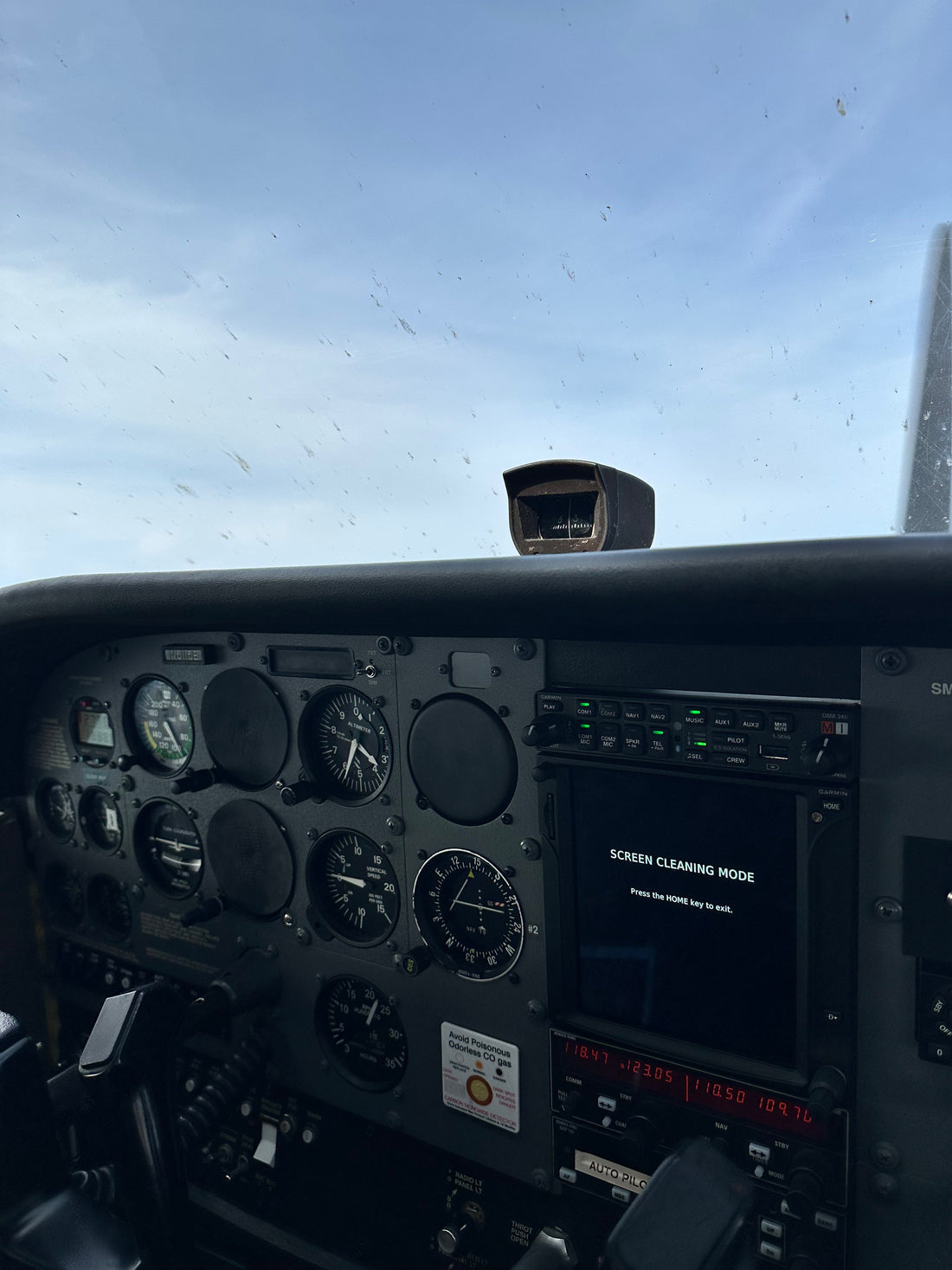
How to Prepare for Your Instrument Rating Checkride (and Pass with Confidence)
If you’re approaching your Instrument Rating checkride, congrats—you’ve already come a long way. You’ve flown in the clouds (or under the hood), mastered holds, procedures, and approaches, and kept your cool under the hood while the radios crackled and your CFII threw every scenario in the book at you.
Now it’s time to wrap it up and earn that "Instrument Airplane" add-on.
Here’s how to prepare smart—and show up checkride-ready, confident, and calm.
🎯 1. Know the ACS Inside and Out
The FAA’s Airman Certification Standards (ACS) is your checkride blueprint. It tells you exactly what you’ll be tested on during the oral and flight portions. Download a copy, review each Task and Element, and highlight the ones you feel rusty on.
✅ Pro Tip: Go through each ACS task and ask, “Can I explain this out loud, without notes?” That’s how examiners will test you.
✍️ 2. Review Your Oral Exam Topics
Be ready to talk through:
- IFR currency & requirements (FAR 61.57, 91.171, 91.183)
- Aircraft systems—especially pitot-static, vacuum, and electrical
- Lost comm procedures (91.185)
- Holding entries and clearance limits
- Approach plates & alternate minimums
Use flashcards, mock oral sessions, or even record yourself explaining concepts to build clarity and fluency.
🧑✈️ 3. Chair Fly Like a Pro
You can’t fly your checkride while figuring things out as you go. Visualize every maneuver and procedure:
- Picking up a clearance
- Holding patterns
- Intercepting and tracking radials
- Full approach procedures, including missed approach execution
Mentally walking through a flight from startup to shutdown can help you polish your flows and improve muscle memory.
📑 4. Organize Your Documents
Come prepared with:
- Photo ID, pilot certificate, and medical
- Logbook endorsements and instrument experience (make sure it adds up!)
- Knowledge test results
- Aircraft maintenance logs (airworthiness, inspections, IFR certs)
Having everything squared away in a neat binder shows professionalism and keeps the stress down on checkride day.
🧭 5. Master Your Scan
Whether it’s steam gauges or glass, a solid instrument scan is what holds it all together. The examiner wants to see that you’re not fixating or chasing instruments, but using a logical scan and cross-checking frequently.
Still working on it? Try our [Scan Trainer Notebook / IFR Quick Reference Sheet] to keep your scan sharp!
💥 6. Practice the Tough Stuff
Identify your weak spots and hit them hard:
- Holding pattern entries
- Unusual attitude recovery
- VOR/DME approaches
- Missed approach procedures
✈️ Ask your CFI to simulate last-minute ATC changes, partial panel ops, and high-stress approach scenarios.
☀️ 7. Sleep, Eat, Hydrate
It’s basic—but it matters. Checkride day is long. You’ll be thinking critically and flying precisely. Being rested, fed, and hydrated sets your brain up for success.
✅ You’re More Ready Than You Think
If your CFI has signed you off, you’ve already met the standard. Now it’s about bringing your best version of everything you’ve learned. Be honest, be safe, and fly like you always do.
"You don’t have to be perfect. You have to be safe, legal, and make good decisions."
👇 Recommended Tools to Help You Prep:
-
The Finer Points Instrument Ground School (available on iPhone or iPad)